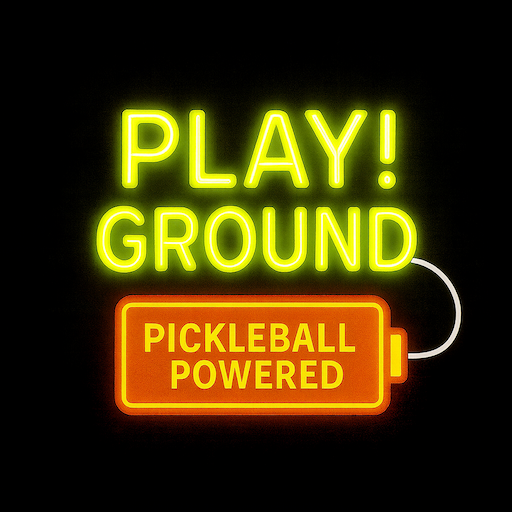Game, Set, Match: How Brands Can Ace Their Marketing Through Pickleball Collaborations
Illustration from Kumospace
In the world of modern marketing, traditional campaigns are no longer enough to capture attention. Consumers crave authentic, engaging experiences that allow them to interact with brands in meaningful ways. A sport that is up and coming that is growing rapidly in Singapore is none other than pickleball. Now, it offers brands a unique opportunity to create memorable collaborations that resonate with their audience.
1. Pickleball as a Marketing Playground
Pickleball is not only a sport but it’s a social activity that appeals to players of all ages and skill levels. Its inclusive nature makes it a perfect platform for brands to engage diverse audiences. By sponsoring tournaments, hosting community events, or offering branded experiences at pickleball courts, companies can showcase their values while providing an enjoyable and interactive environment.
For example, a health or wellness brand can collaborate on a “Pickleball Wellness Day,” providing branded gear, healthy snacks, and interactive stations for participants or your key opinion leader (KOL). This type of activation goes beyond visibility, it allows audiences to relate and experience the brand in a context that is fun, active, and memorable.
2. Strengthening Brand Loyalty Through Play
One of the most powerful benefits of pickleball collaborations is the ability to foster emotional connections with participants. Unlike traditional advertisements, sports activations give audiences a chance to interact with the brand hands-on, creating positive associations. Players who enjoy the experience are more likely to remember and support the brand in the future. This builds brand loyalty, if you are thinking long term for your brand.
At Play!Ground, we help brands leverage these opportunities by organizing events that prioritize engagement, social connection, and fun. Whether it’s a corporate team-building session or a weekend community tournament, participants or KOL leave with more than memories, they leave with a deeper connection to the brand.
3. Amplifying Reach Through Social and Community Engagement
Pickleball events naturally encourage social sharing. Photos, videos, and live updates from games can amplify a brand’s reach far beyond the event itself. By creating shareable moments, brands can extend the life of their activation, engage a wider audience, and showcase their commitment to community and active lifestyles.
Collaborations with pickleball communities also offer ongoing engagement. Regular leagues, workshops, and tournaments provide recurring opportunities for brands to connect with participants, ensuring sustained visibility and long-term loyalty to you
4. Measuring Success Through Participation and Impact
One of the key advantages of pickleball collaborations is that the impact is tangible and measurable. Brands can track event participation, social engagement, repeat attendance, and even direct conversions if the activation includes product sampling or promotions. Unlike traditional campaigns that rely on impressions or clicks, pickleball activations provide real-world evidence of brand engagement.
Play!Ground ensures that every activation is designed with measurable outcomes in mind. From planning to execution, we help brands turn each match into a marketing win, demonstrating clear return of investment (ROI) while delivering memorable experiences.
Conclusion
Pickleball isn’t only a game, it’s a dynamic platform for brands to create authentic connections, build loyalty, and amplify engagement. Through thoughtful collaborations, companies can transform simple events into powerful marketing tools that leave a lasting impact on participants.
At Play!Ground, we specialize in bringing brands and communities together on the pickleball court. From customized workshops to tournaments, our activations help brands score big in marketing by turning play into meaningful connections. Game, set, match with pickleball, your brand can win every time.


